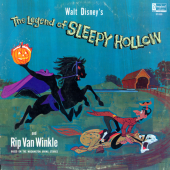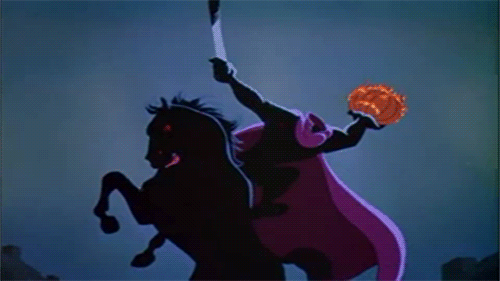Robert Louis Stevenson wrote horror. I didn't know this until I was randomly looking up my favorite authors and relating them to horror. Assuredly, I came across The Body Snatcher, first published in 1884, as part of a magazine extra. The story follows a pair of questionable medical students that make sure they never run low on cadeavors for their employer. It is based on the real-life case of the Burke and Hare murders. Murder as a business came long before Izzy Azalea - this pair made sure that sixteen bodies made it to the nefarious Doctor Robert Knox.
| No these are gone....GONE!!! This is the greatest horror story of modern times. That had treacherous murder. But raspberry donuts. Raspberry...donuts. |
The Lottery by Shirley Jackson (1948), is one of the most famous horror stories of its time, with a theme very well known today. Not to spoil the ending, but as the name suggests, a small town holds a yearly lottery. From it, a name is chosen and the fun begins. This theme has been copied several times since. There was an episode of Sliders in fact that ran the lottery directly from an ATM. There's also little known movies like The Hunger Games.
Washington Irving's The Legend of Sleepy Hollow is well known, in fact being one of the earliest pieces of American literature to have survived in popularity since it was first published in 1820. Irving also wrote Rip Van Winkle. When Disney started to adapt Legend they found the running time not long enough for a feature, so it was packaged along with Wind in the Willows during WWII.
Mark Twain's A Ghost Story comes to us from his 1875 Sketches New and Old. As Twain is a man of sincere wit, especially as it comes to the pitiable type, he delivers in spades here.
 |
| Starburst Flavored Candy Corn |
The Phial of Dread by Fitz Hugh Ludlow.
For full site, please visit edwardianjackal.com
 |
| Zots - never had them. |



No comments:
Post a Comment